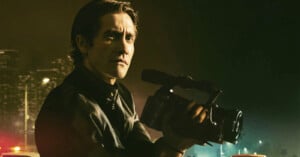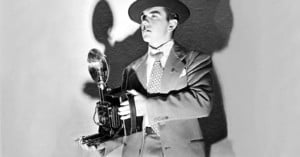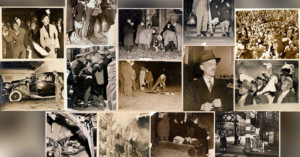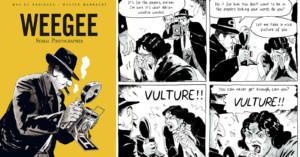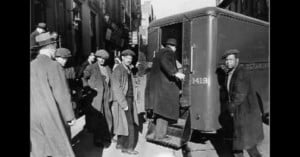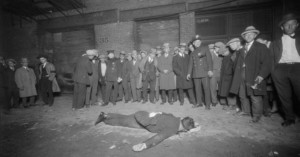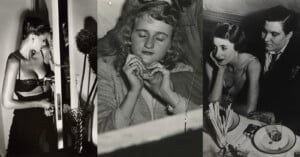
Nightlife in New York, Paris, and London as Captured by Iconic Photographers
Photography icons Helmut Newton, Weegee, Irving Penn, Brassaï, Berenice Abbot, and Bill Brandt all feature in a new exhibition focusing on nightlife in New York City, Paris, and London.
